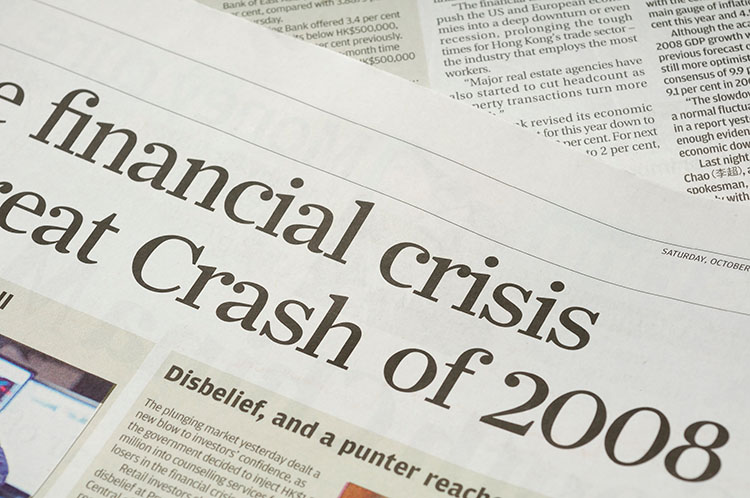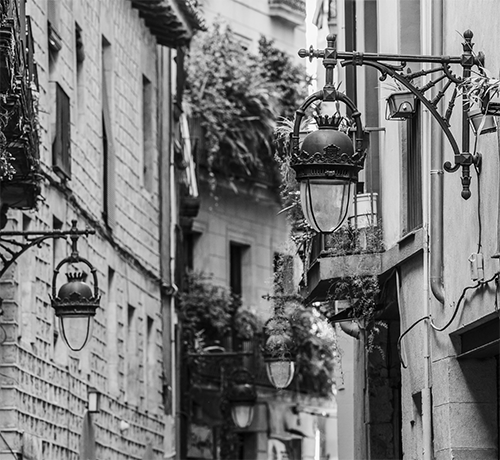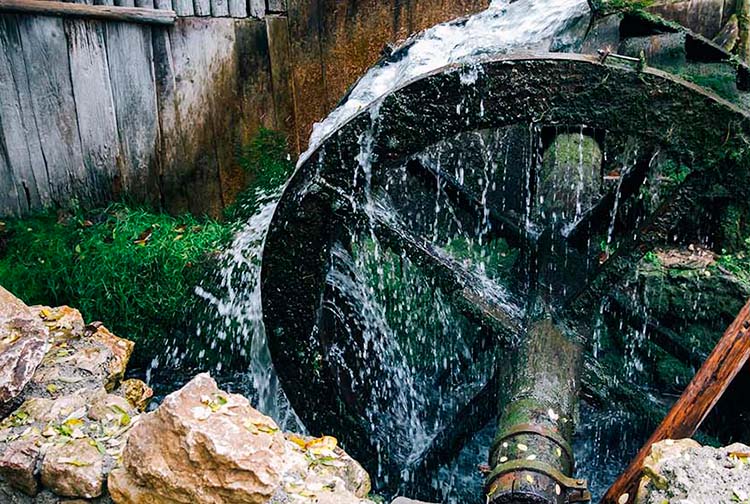

The foundations of the extractive system
The political map of Europe at the end of the 15th century was shaped after the many conflictive social, political and economic events of the previous century and with a population reduced to less than 50% due to the Black Death. The new political landscape that emerged from this process showed a great variety of institutional forms of power. Alongside the two legacies of the Christian Lower Empire – the Holy Roman Empire and the Papacy – the feudal monarchies that emerged from this structural impasse greatly strengthened, which legitimised them to govern differently and led them to construct a new concept of the State.
In order to sustain this new conception of the State, the European monarchies sought the basic mechanisms that would enable them to consolidate new state structures with a markedly centralising and unipersonal character. For this reason, they first fought energetically against all those powerful families – the Armagnacs, Lancastrians, Braganzas, Mèdicis and Palomas – who had the capacity to dispute their decisions. The fight would not always be through the use of violence, but plots were created to delegitimise them or a tight matrimonial policy of territorial anthropophagy would be applied to them in order to extend state property permanently, without the need for bloodshed.
The new political conception would lead to a clear cornering of the most representative organs of the citizenry – such as the Cortes, the Estados Generales or the Dietas – which would be replaced by a powerful and much more specialised council of the king. In this way, the State would multiply its presence in the territory through the creation of a powerful administrative network linked to the different activities of the new management system. Soon, the civil service would appear, with a life tenure at the end of the century, which would allow a segment of the population to become rich beyond limits simply by working in proximity to power.
Up to this point, the monarchies had been financed by their own resources through ordinary rents linked to manorial rights or the profits produced by their possessions, whether from the exploitation of forests, the stamping of coins or the slave trade. But this was no longer enough.

“The new political conception would lead to a clear cornering of the most representative organs of the citizenry – such as the Cortes, the Estados Generales or the Dietas – which would be replaced by a powerful and much more specialised council of the king.”
An economic paradigm shift
The European monarchies would assuage their ambition by imposing a three-pronged strategy: firstly, they made the supplies of the feudal system regular and plentiful, which lead to the appearance of an infinite number of extraordinary financing funds for people and goods, such as taxes on trade, the famous tax on salt, or taxes on houses, fires, and so on; Secondly, they created the need for consumption, such as new eating habits or the introduction of fashion in the need to dress; and thirdly, they freed themselves from the usual need to ask for the consent of their subjects, who – were still represented in institutional bodies – coming up against the argument that “in peacetime, this request was completely unnecessary”. But the key and fundamental element that would allow all this new machinery to work perfectly would be the creation of a standing army, aimed at domestic control – between threats and persuasion – and projecting the monarch’s power outwards.
Gold would continue to be the main problem for the European economy, since it would still be absolutely necessary for trade. Since ancient times, the East-West relationship had gone through an infinite number of ups and downs, but its balance of trade had always been in deficit – with respect to gold – as the Asian continent was poor in deposits of precious metal. The only gold that reached Europe with any regularity – since the 10th century – was Sudanese gold, but this would never satisfy the needs of the feudal economy.

“The key and fundamental element that would allow all this new machinery to work perfectly would be the creation of a standing army, aimed at domestic control – between threats and persuasion – and projecting the monarch’s power outwards.”
The study and appreciation of the Greco-Latin classics
The atmosphere of strong economic dynamism pervaded the whole of this period, forcing the European monarchies to seek new fields of action and new sources of profit to maintain the new and very costly state structures. Europe was too small a space to satisfy the ‘grandeur’ of the nascent modern states, but above all, it showed a shortage of raw materials. It was then that the real desire to get closer to the sources of African gold or oriental spices would appear.
The worldview of medieval society was conditioned by religion, imaginary legends and geographical ignorance, but this changed radically from the Quattrocento onwards with the recovery of Greek manuscripts ignored by the Church – which controlled culture – as they were considered pagan texts. With the introduction of the basic rules of correct Latin translation – promoted by Petrarch and Boccaccio – these manuscripts were correctly transcribed and took on a new meaning. The rereading of numerous classical texts – such as Euclid, Pythagoras, Ptolemy, Eratosthenes and many others – made it possible to construct new critical thinking that would lead humanist scholars to want to verify how much wisdom the ancient texts contained about the world.
This humanism would favour a definitive break with medieval tradition and would exalt the qualities proper to human nature. It would allow the discovery of the human self and give a rational meaning to its existence. This anthropocentrism would free the human being from metaphysical wonder and place him before the gates of empirical curiosity. The dissemination of this innovative thinking was made possible by the invention of the movable type printing press. But this mental change would also enable a small group of people – settled in both Sagres and Nuremberg – to begin to experiment and apply modern scientific methods based on mathematics and astronomy, which would alter the universal worldview.

“The worldview of medieval society was conditioned by religion, imaginary legends and geographical ignorance, but this changed radically from the Quattrocento onwards with the recovery of Greek manuscripts ignored by the Church – which controlled culture – as they were considered pagan texts.”
Colonial conquest and exploitation
Ambitious businessmen set out in search of maritime routes that would lead them to new territories where they could find abundant products to satisfy the growing demand of European markets. And in this context, the State would favour this expansive economy by participating – indirectly – in the commercial adventures of these daring entrepreneurs, who would boast a great deal of audacity but little Atlantic experience.
Chance and the trade winds led the first navigators to the most populated area of the American continent. The territory of the “New World” – both north and south combined – is 42.5 million km². Before the arrival of Europeans, an estimated 100 million people lived on the entire continent, as opposed to the 1 billion who live there today. Of these, some 80 million people lived in the strip between Mexico and Peru. On the other hand, in the gradual southward descent of the African continent, Europeans discovered that the Muslim world had penetrated much further than they thought. Beyond the equator, they entered a totally unknown world and discovered black Africa. With an area of 32 million km², current estimates speak of some 60 million people who could be living on the entire African continent by the end of the 15th century.
From the very beginning of the westward voyages, the first navigators were certain and aware that where they had arrived was not the East Indies, but a completely different territory. And in embellishing this fact, the state deployed all its modern legal and administrative machinery to possess it legitimately. Without entrusting themselves to anyone and by the right of conquest, the European monarchies began to claim ownership of those territories while ignoring the indigenous population. At this point, religion played a key role in justifying the destruction, annihilation and extermination of the ancestral cultures that lived harmoniously. A similar path would be followed on the African continent, although this process would begin some one hundred years later.
As the newcomers – already in the name of the Crown – moved into these new territories, they would discover that precious metals were not the only source of wealth. In less than fifty years, European markets would be supplied, in quantities unthinkable until then, with countless tropical products such as pepper, sugar, cotton and tobacco. The Atlantic coast would see the growth of a major port network stretching from Cádiz to Antwerp and would form the backbone of a new economic area. And then, the Crown would define itself as an Empire, always, with a shining sun!
11Onze is the community fintech of Catalonia. Open an account by downloading the super app El Canut for Android or iOS and join the revolution!
Leave a Reply
You must be logged in to post a comment.





Gràcies
Gràcies, Joan! Seguim a La Plaça!
Moltes gràcies! S’agraeixen molt aquestes lliçons d’història enmig de tot el cacau econòmic👏👏👏👌
Gràcies, Jordi! Sempre és un plaer llegir aquests comentaris. Seguim a La Plaça!
Gràcies Oriol, una exposició magnífica.
👏👏👏👏
Gràcies, Carles pel teu comentari. Seguim a La Plaça!
Molt bon article, mercès.
Gràcies, Josep per seguir-nos i per llegir-nos. Seguim a La Plaça.
Gràcies, Si el sistema educatiu expliqués la història d’aquesta manera analítica agradaria i enganxaria els alumnes. Es una assignatura que per agradar ha d’ apassionar.
Gràcies, Mercè pel comentari. Sempre és gratificant el teu interès sobre aquesta tipologia d’articles. Continuarem aportant coneixement a La Plaça.